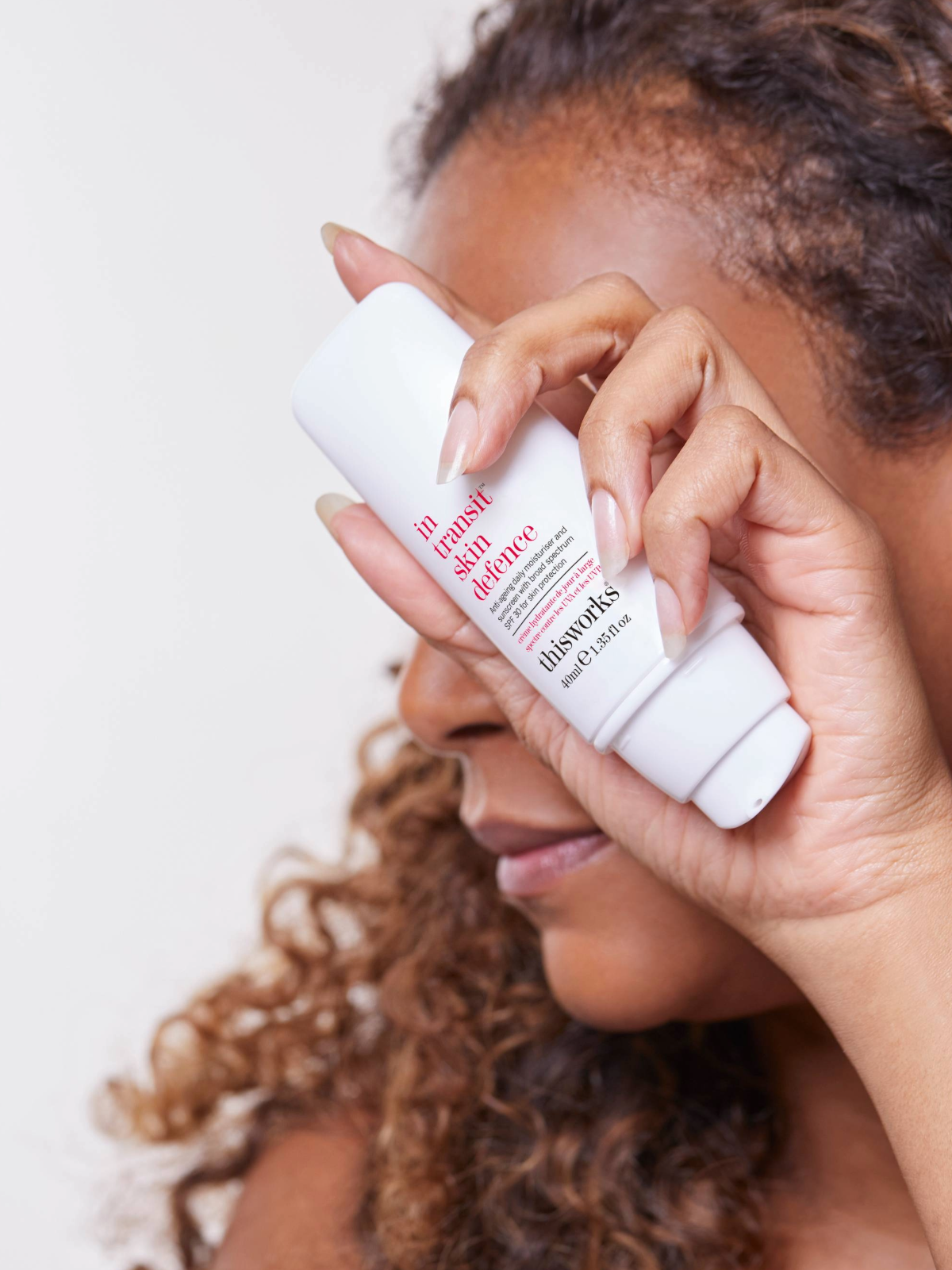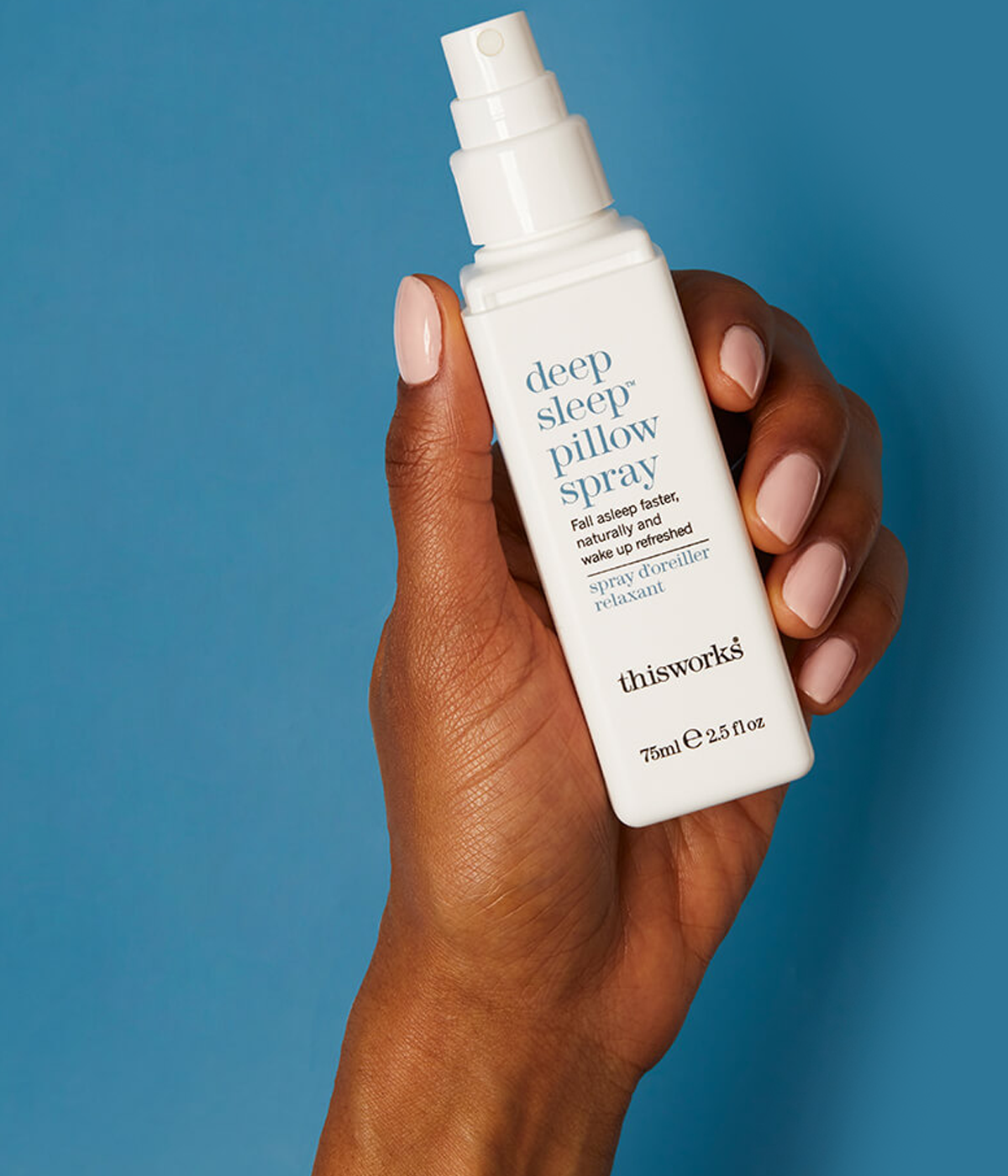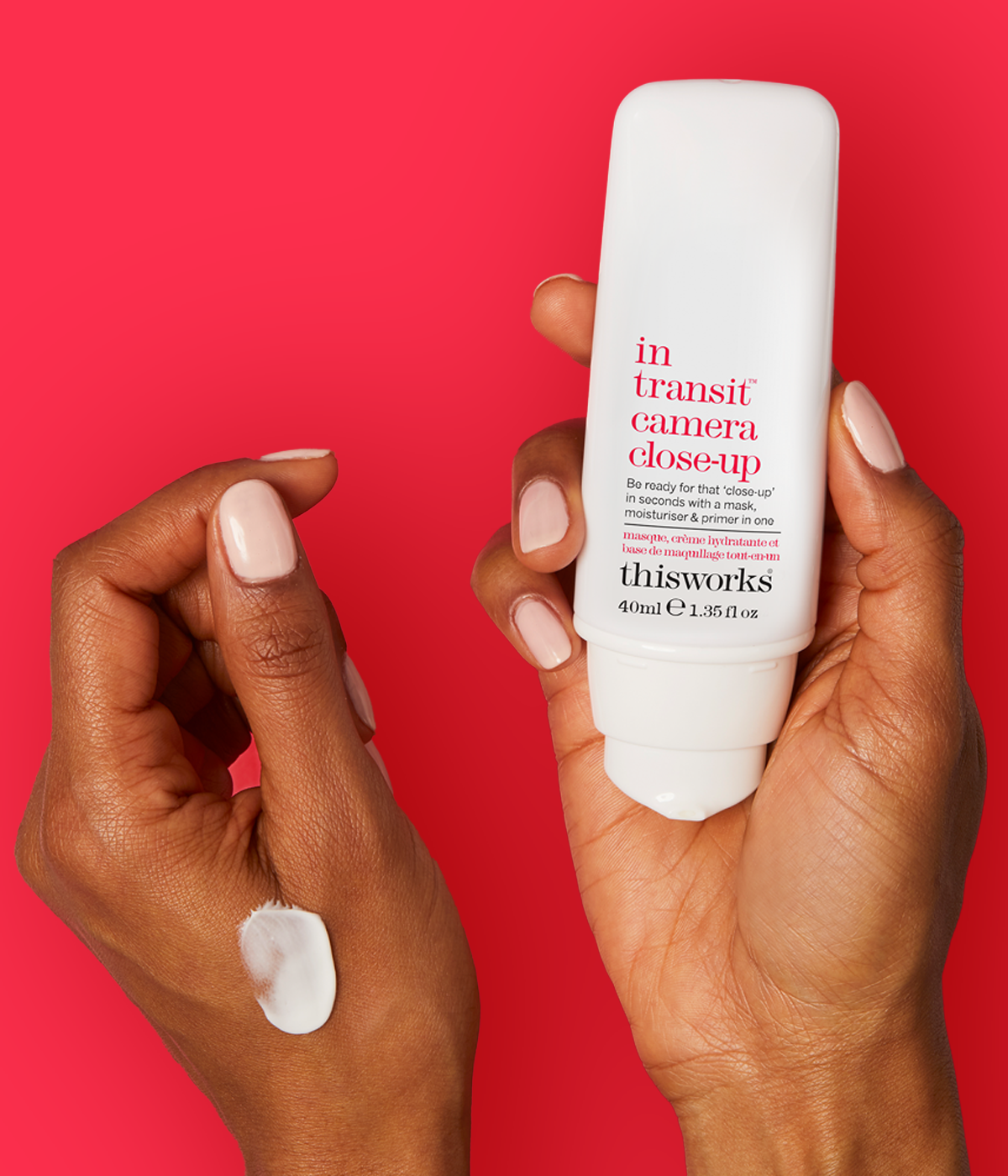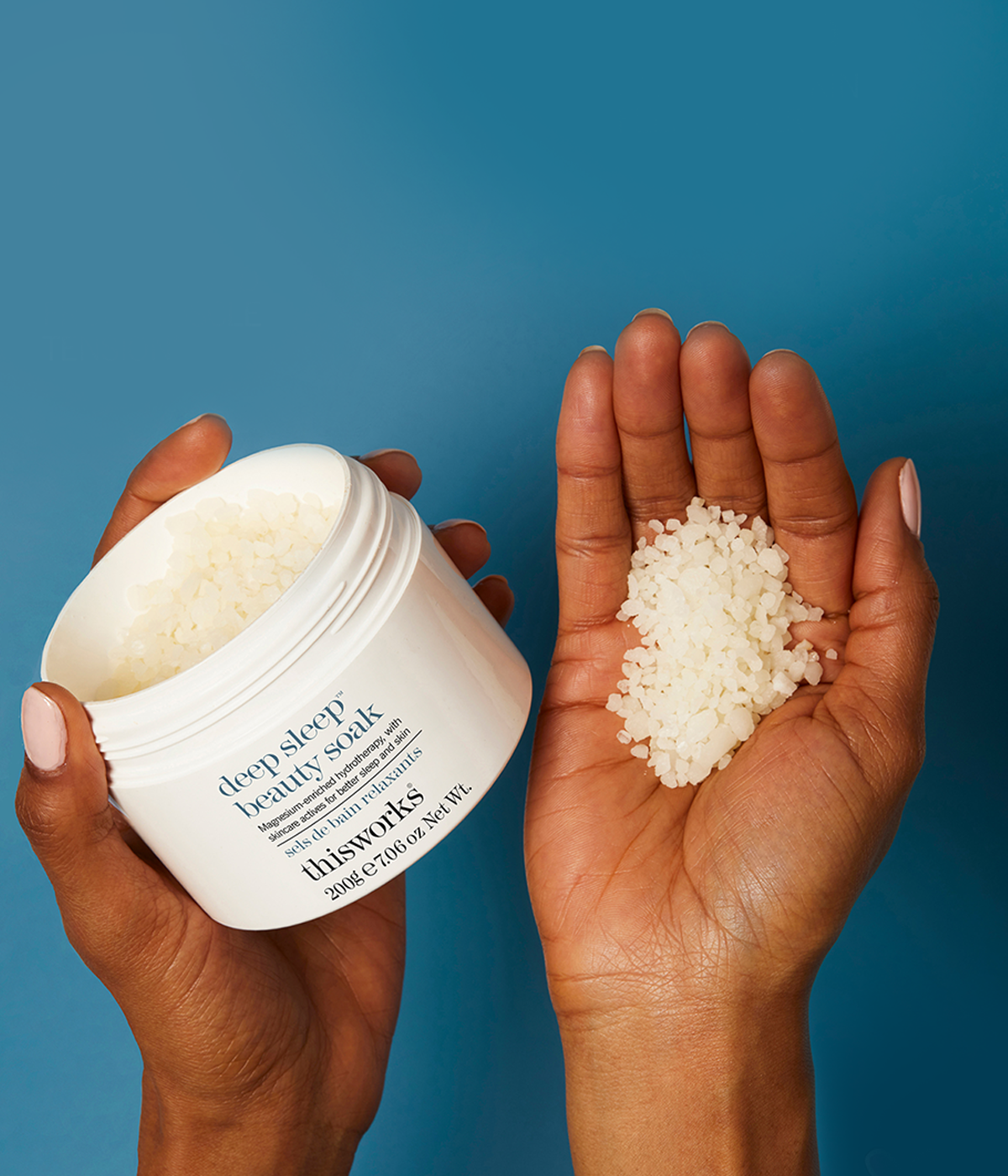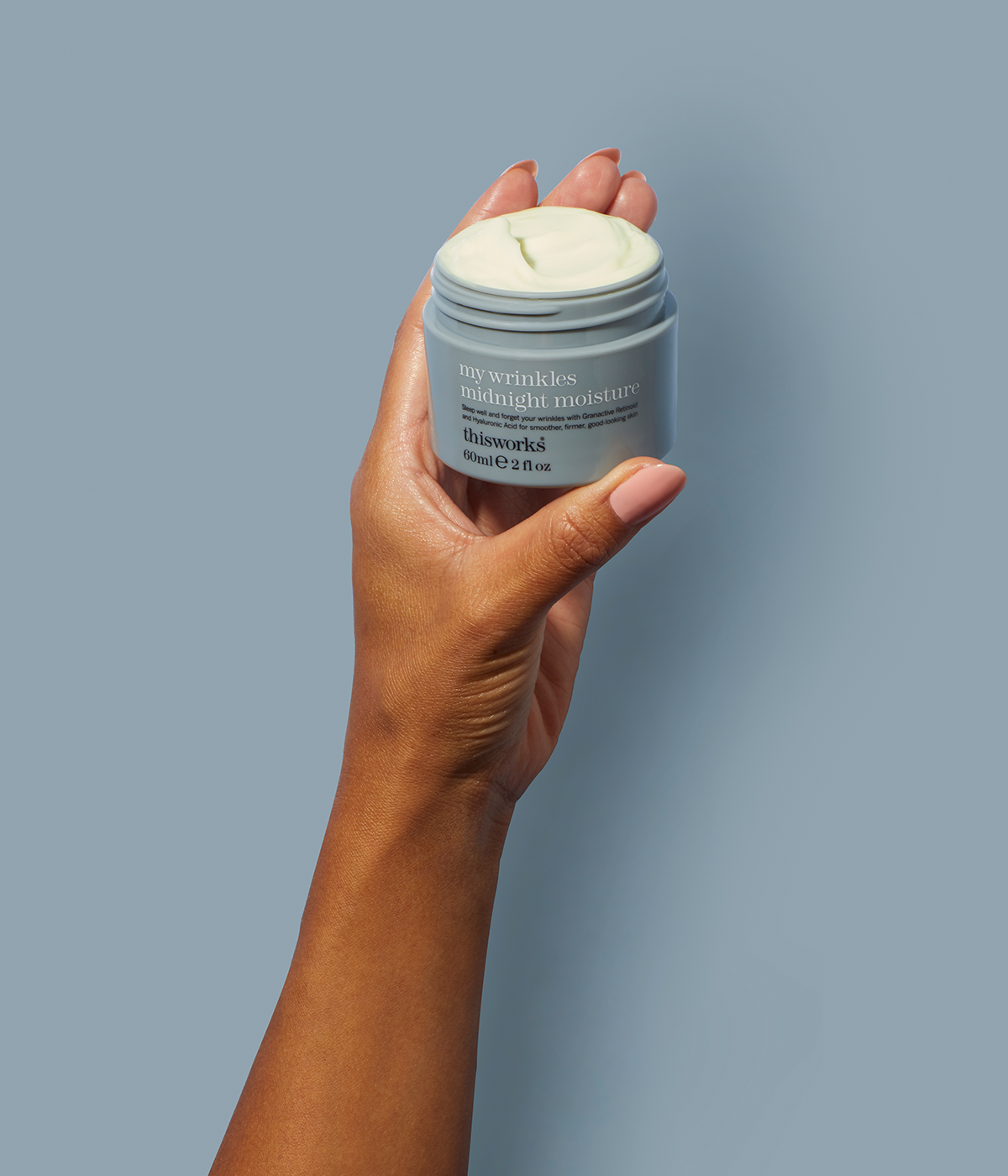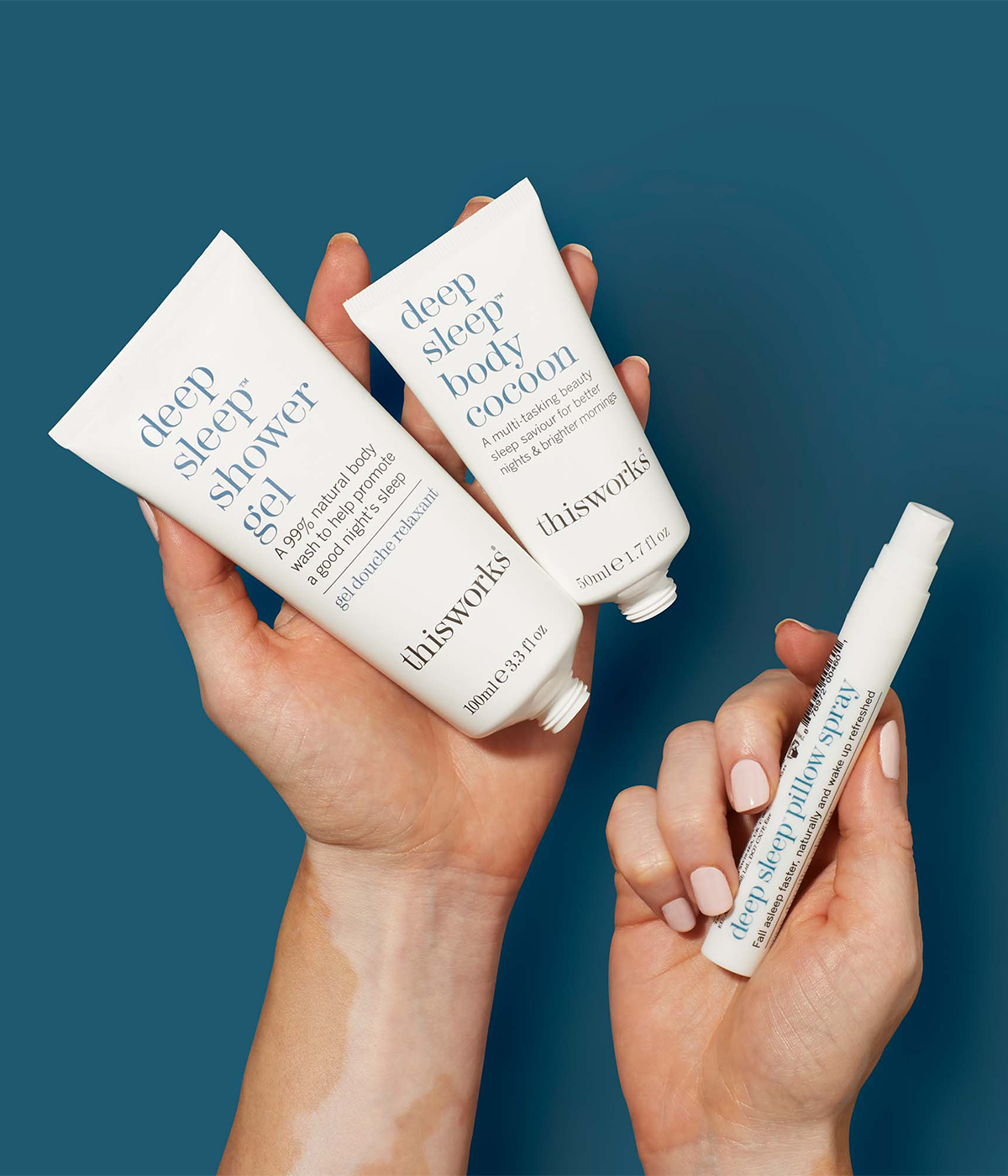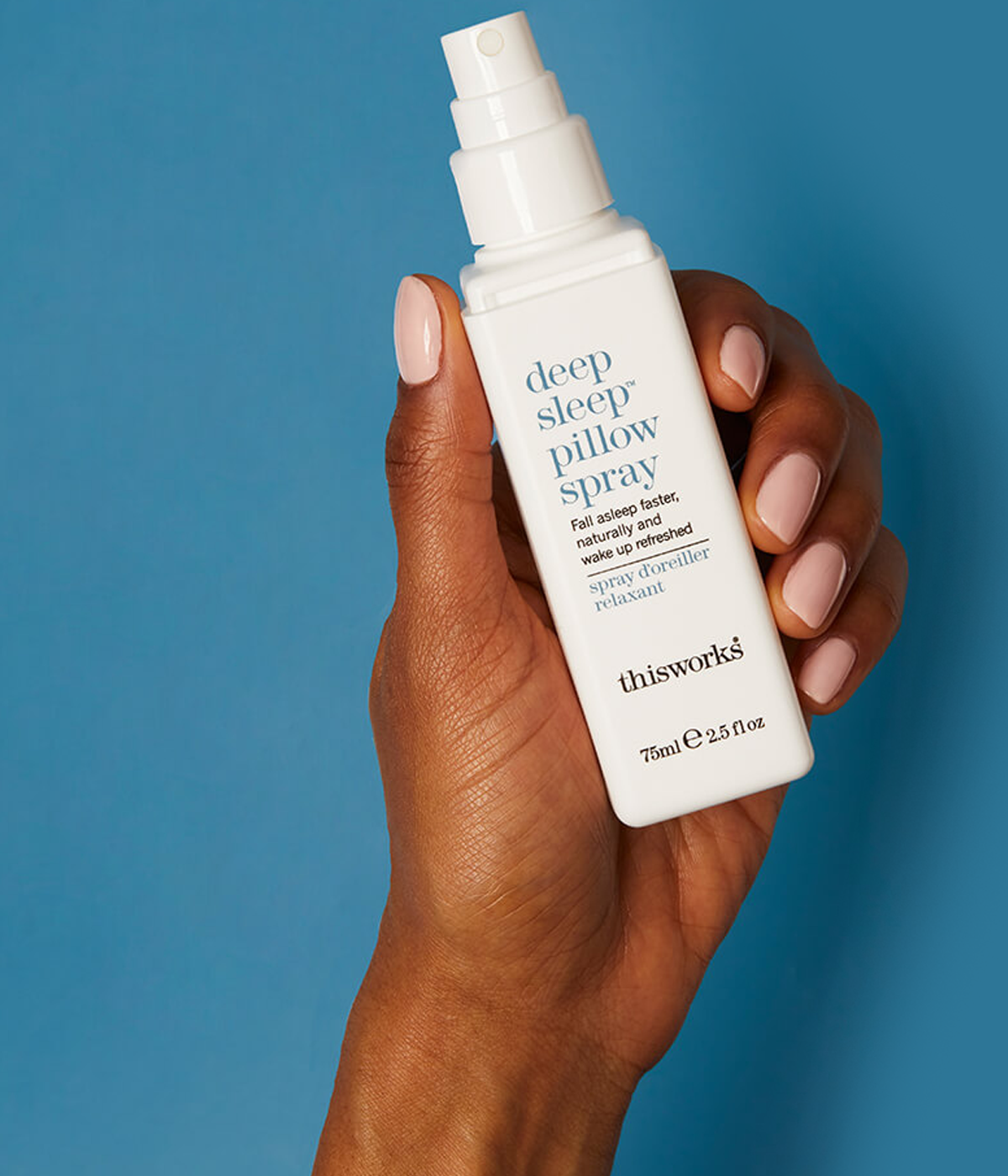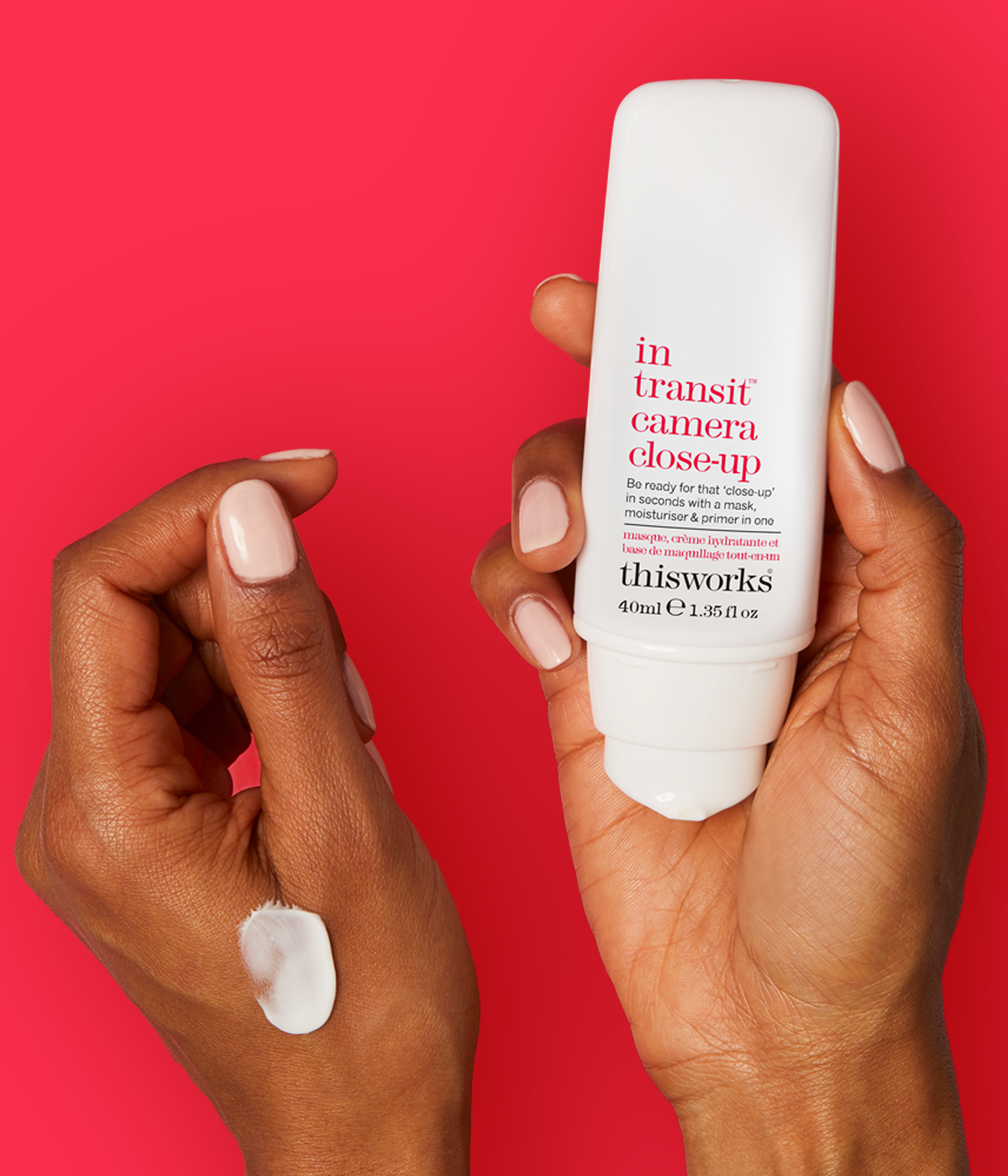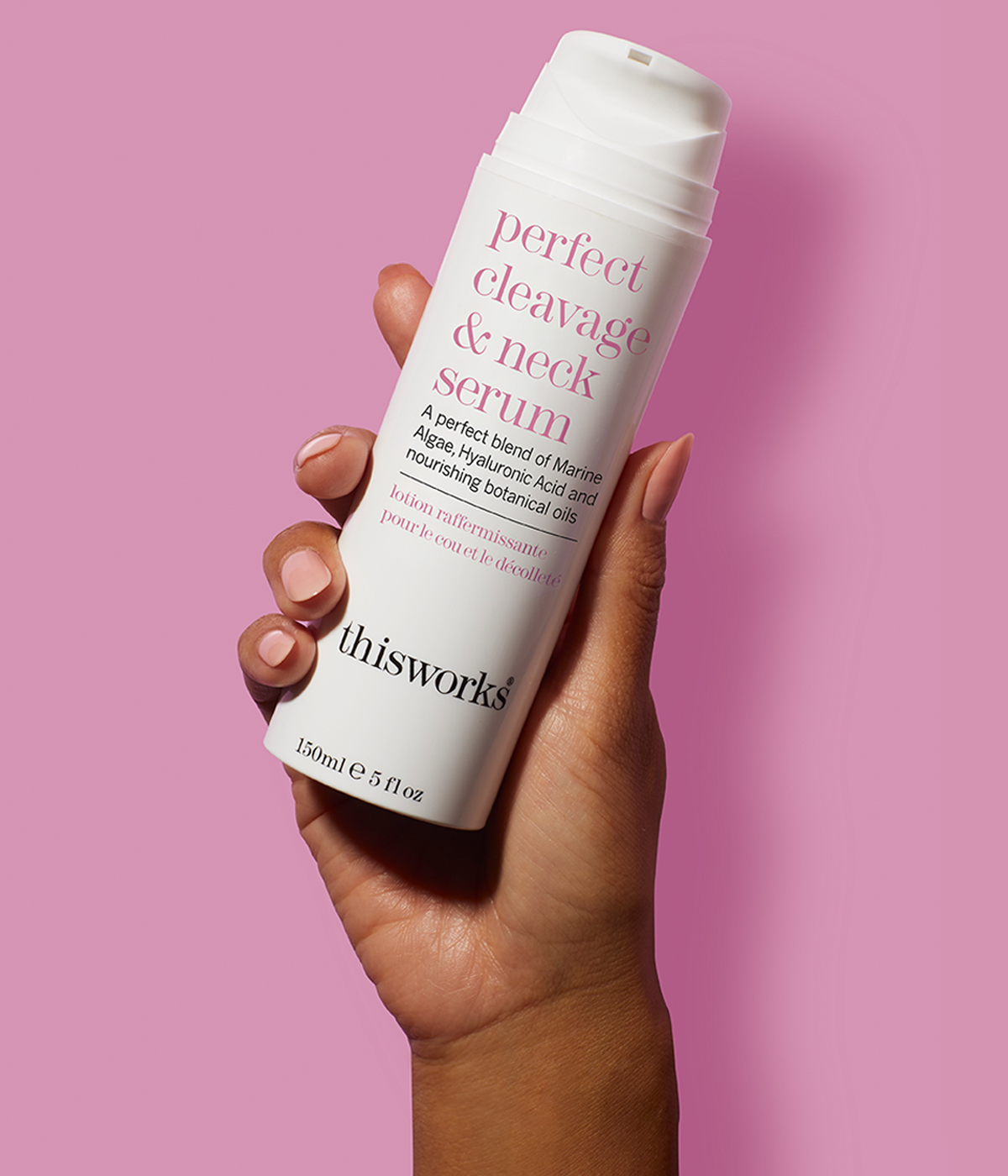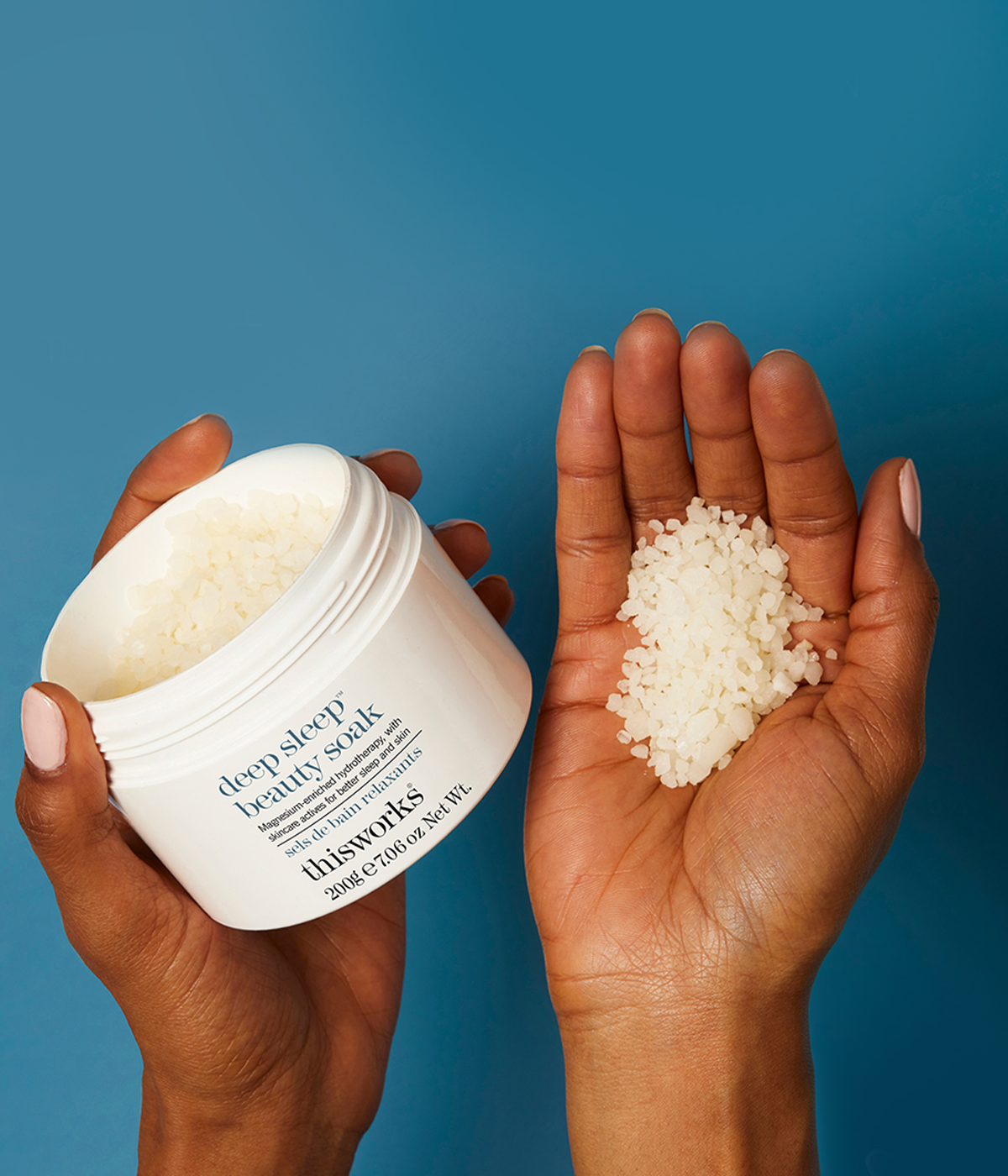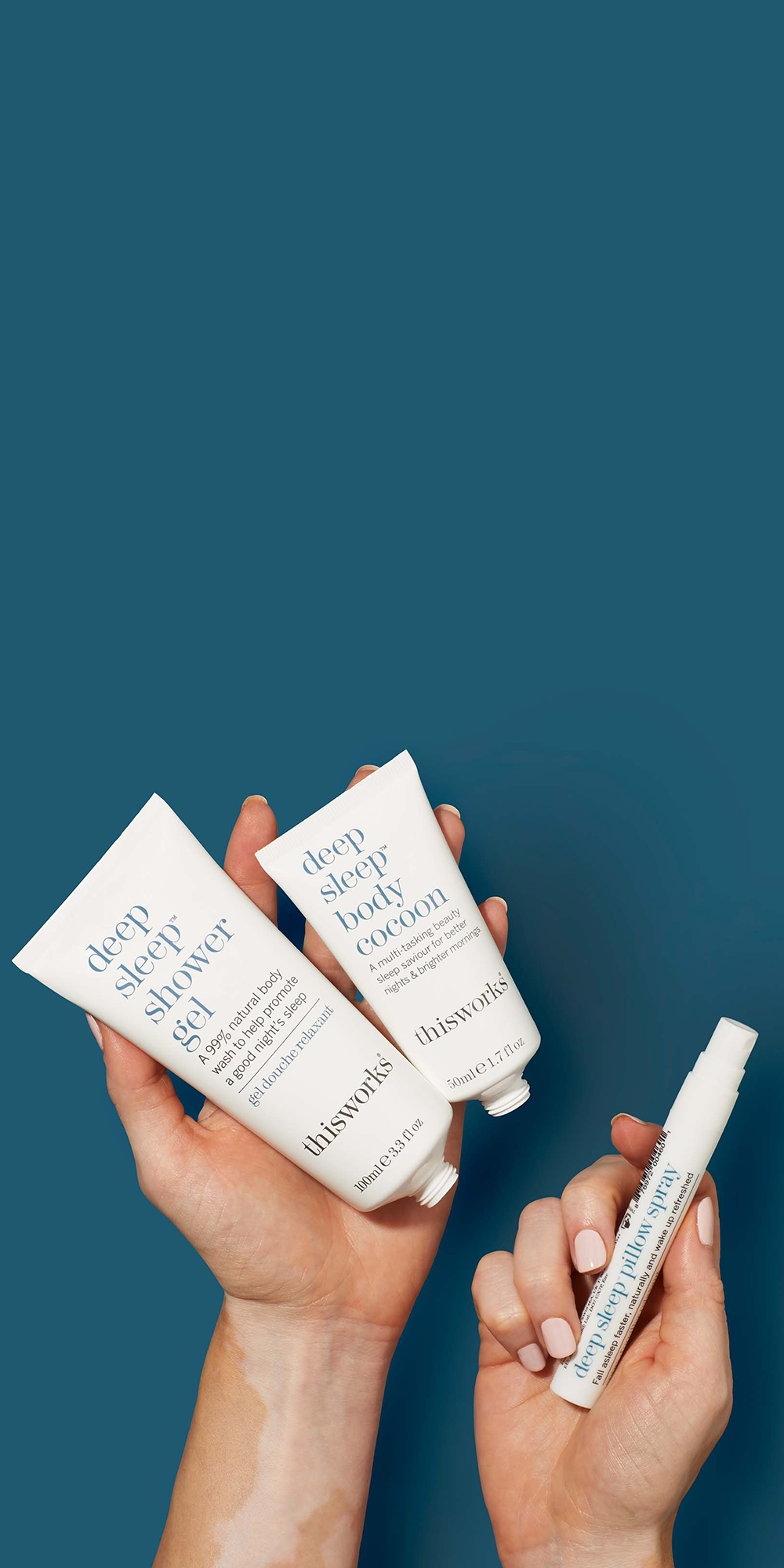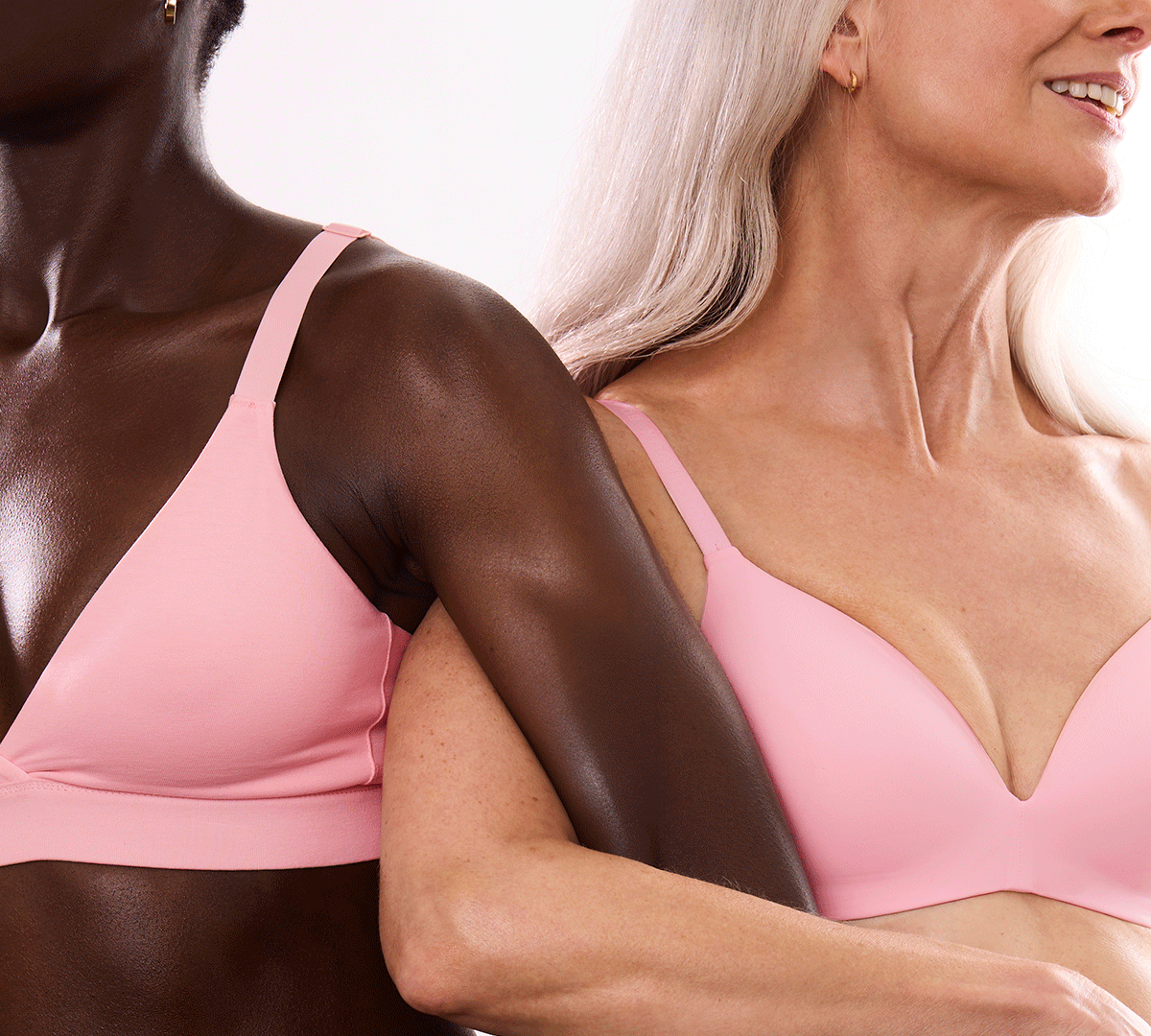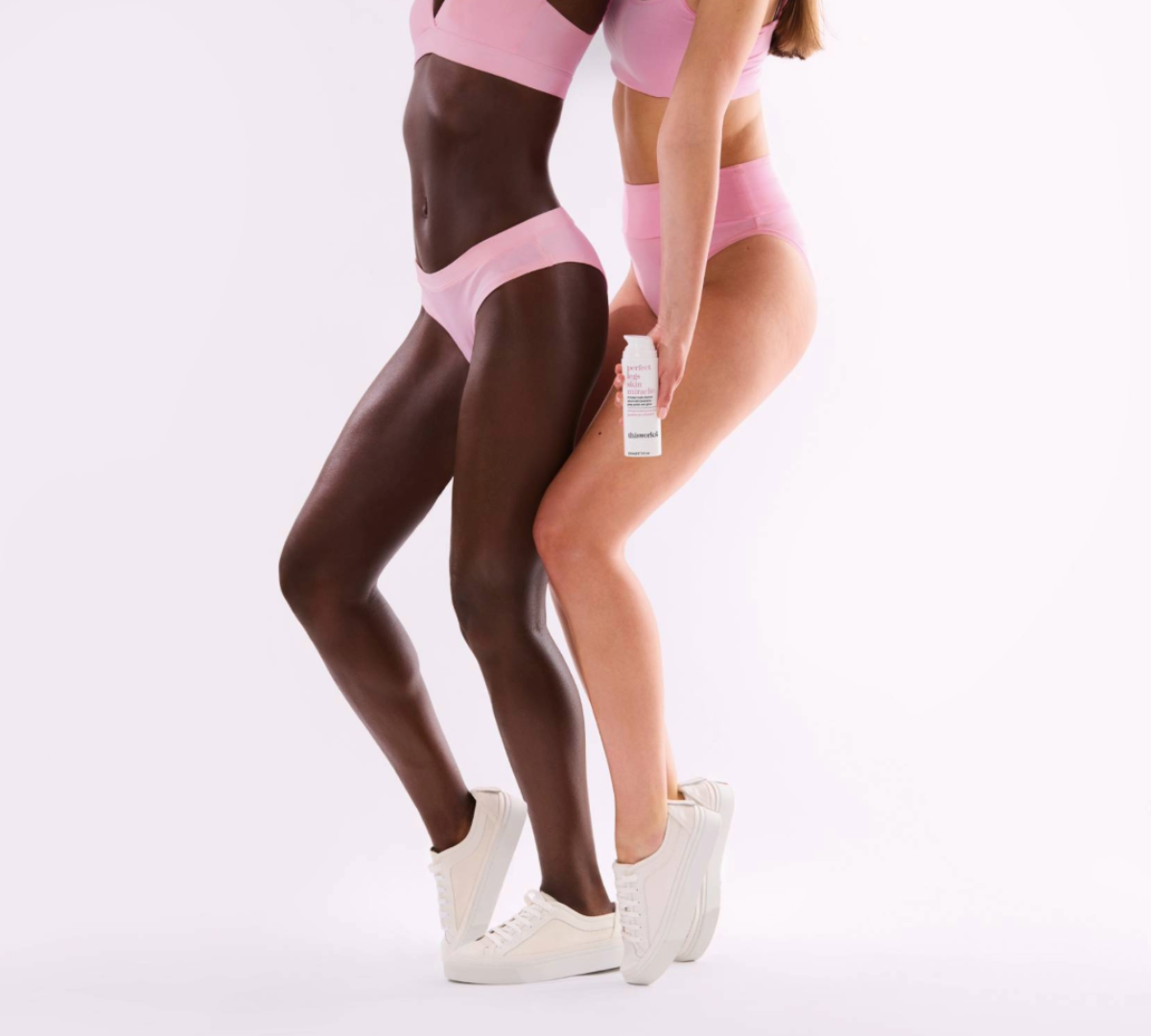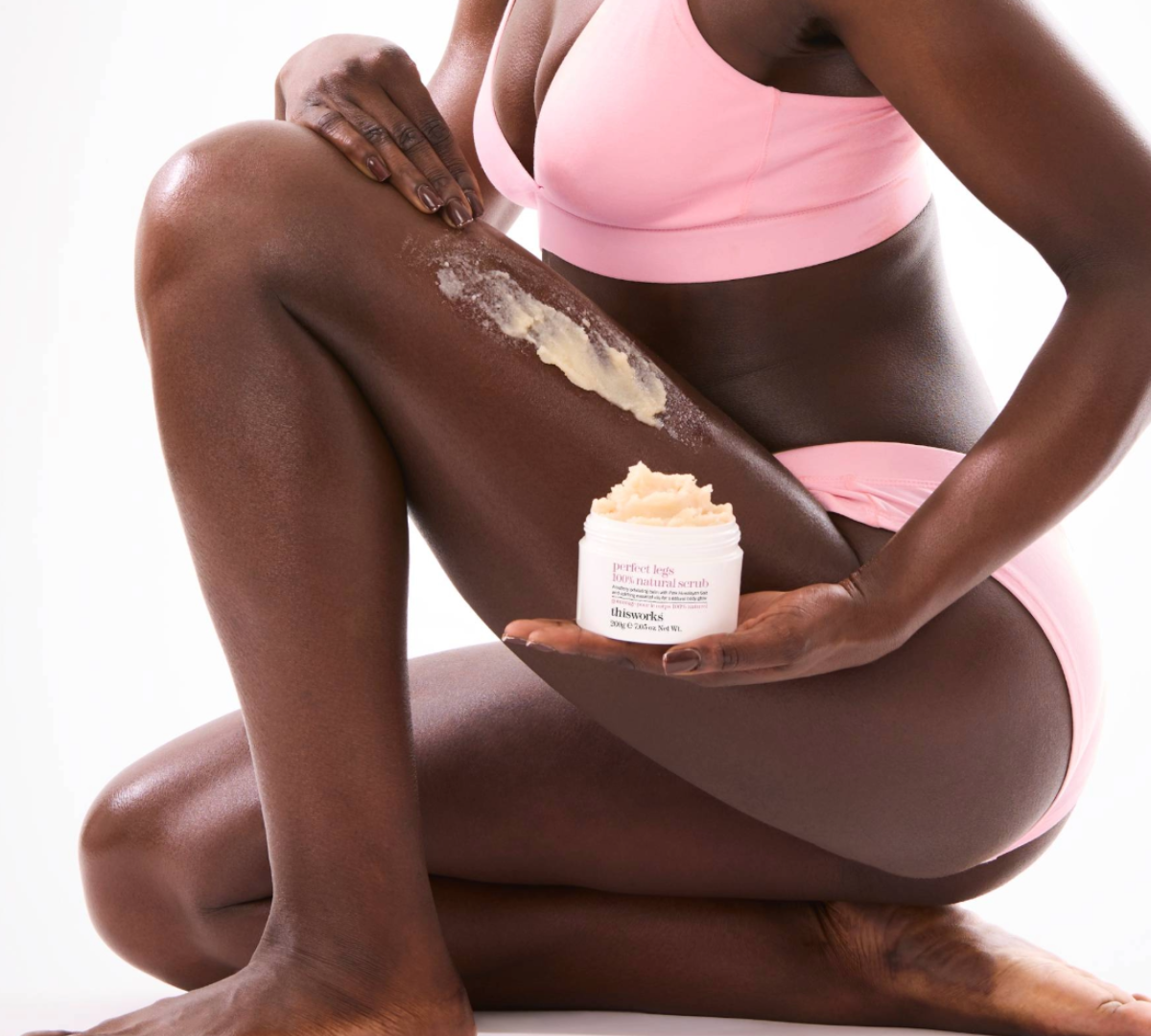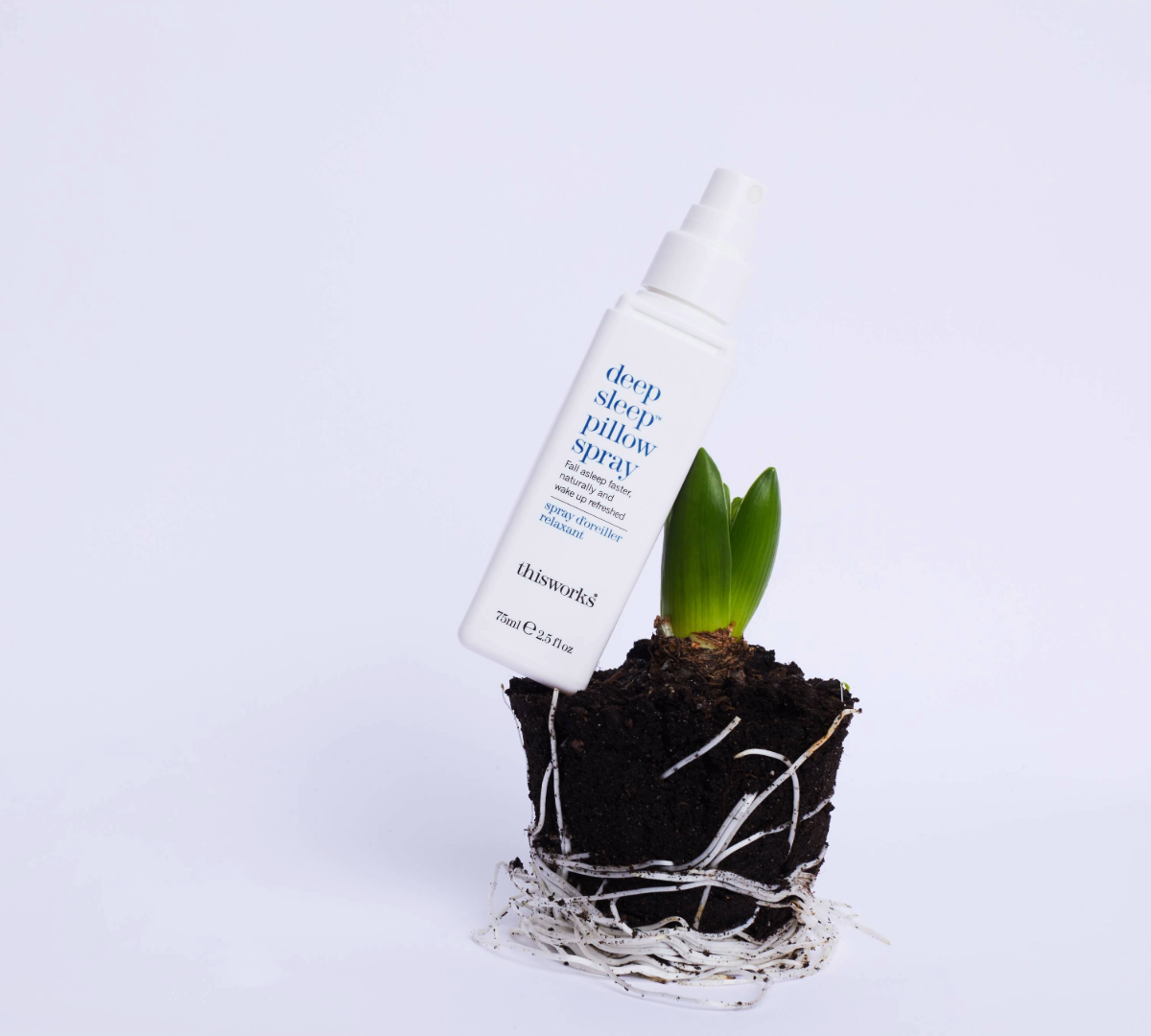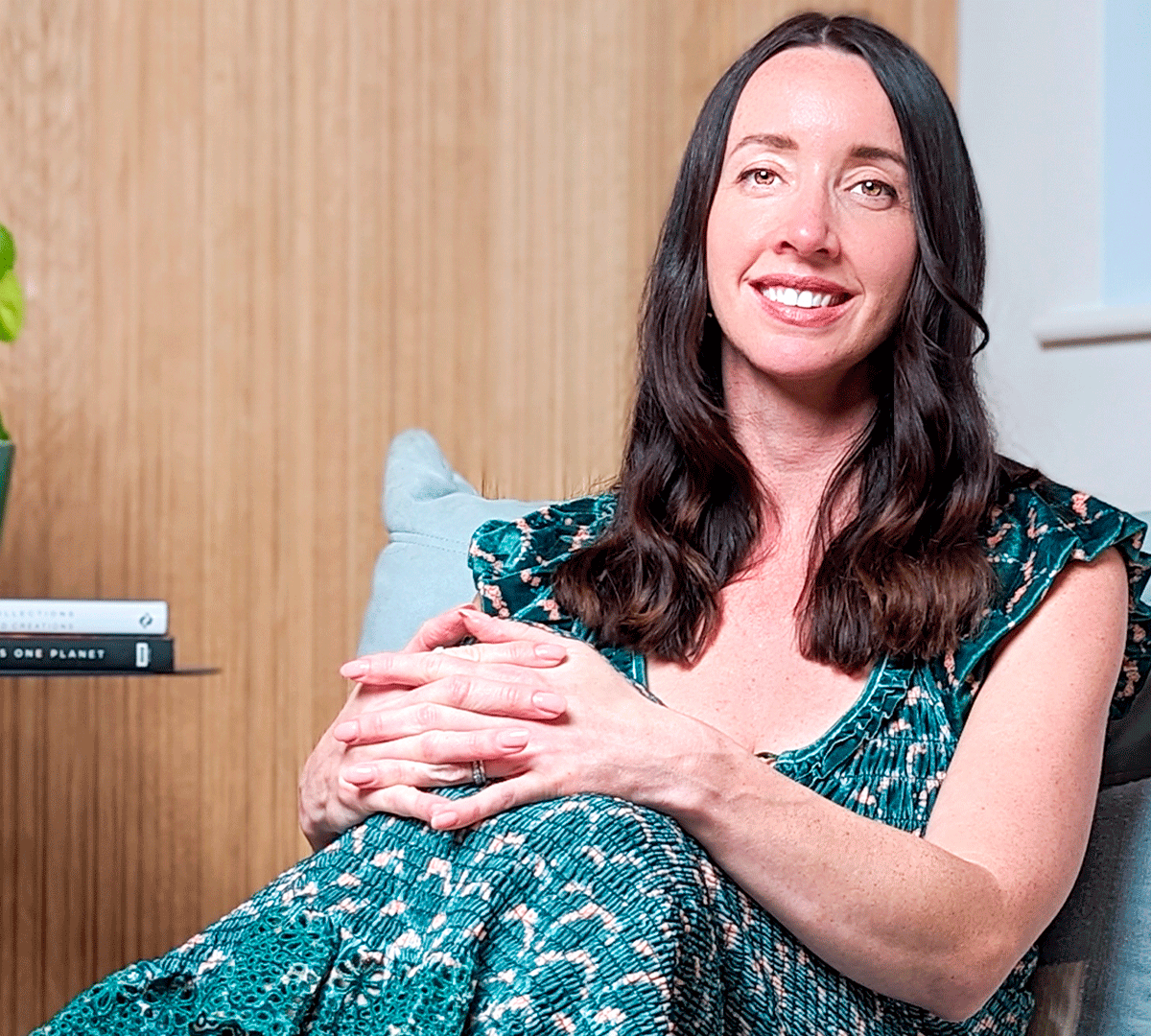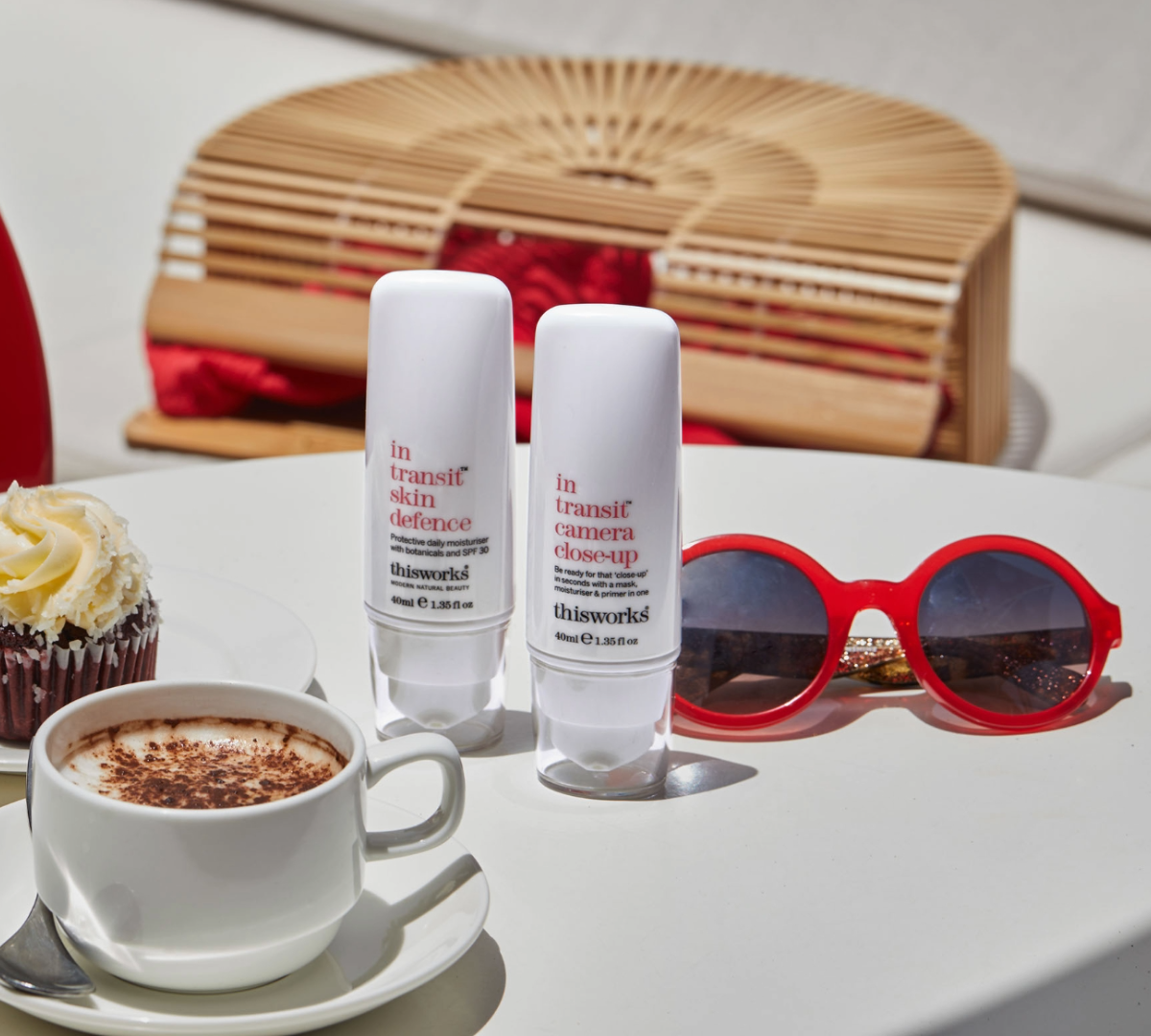
Spring is *finally* here, and it’s time to get out; out of hibernation mentality, out of the house and maybe most importantly – out into nature, which is already in full transit towards the new season (have you spied any bluebells yet?). The clocks have changed, the daylight hours are slowly stretching out before us and it’s at this time that by reconnecting with the outdoors and with daylight, we can harness these changes in nature to help bring about positive rejuvenation within our bodies too.
Aside from the fresh air of the outdoors helping to blow away a few cobwebs, on a neuroscientific level, the increased daylight of spring can help to reset our mood and energy levels. By getting outdoors and exposing the skin on our bodies to natural daylight (after a winter of covering up and spending longer hours indoors) our hormones experience a shift that is triggered by the skin. The skin as an organ has a direct link to the hippocampus (the part of the brain that controls hormone function) and when exposed to daylight (UVB rays) it can signal to the brain to produce increased levels of serotonin and other stress response hormones, helping you feel calm and focused, as well as stimulating the synthesises of Vitamin D.
What’s so great about Vitamin D? Unlike most vitamins, Vitamin D isn’t obtained from food but in the body after sunlight exposure. This ‘super vitamin’ helps to promote cell growth and repair in our bodies – directly enhancing skin immunity and destroying the free-radical that start to break down our skin structure and cause premature ageing, skin sagging, fine lines and wrinkles. Increasing daylight exposure is especially important to our skin health post-winter when we’re likely (especially in the UK) to be in desperate need of sunshine and tend to be deficient in this vital skingredient.
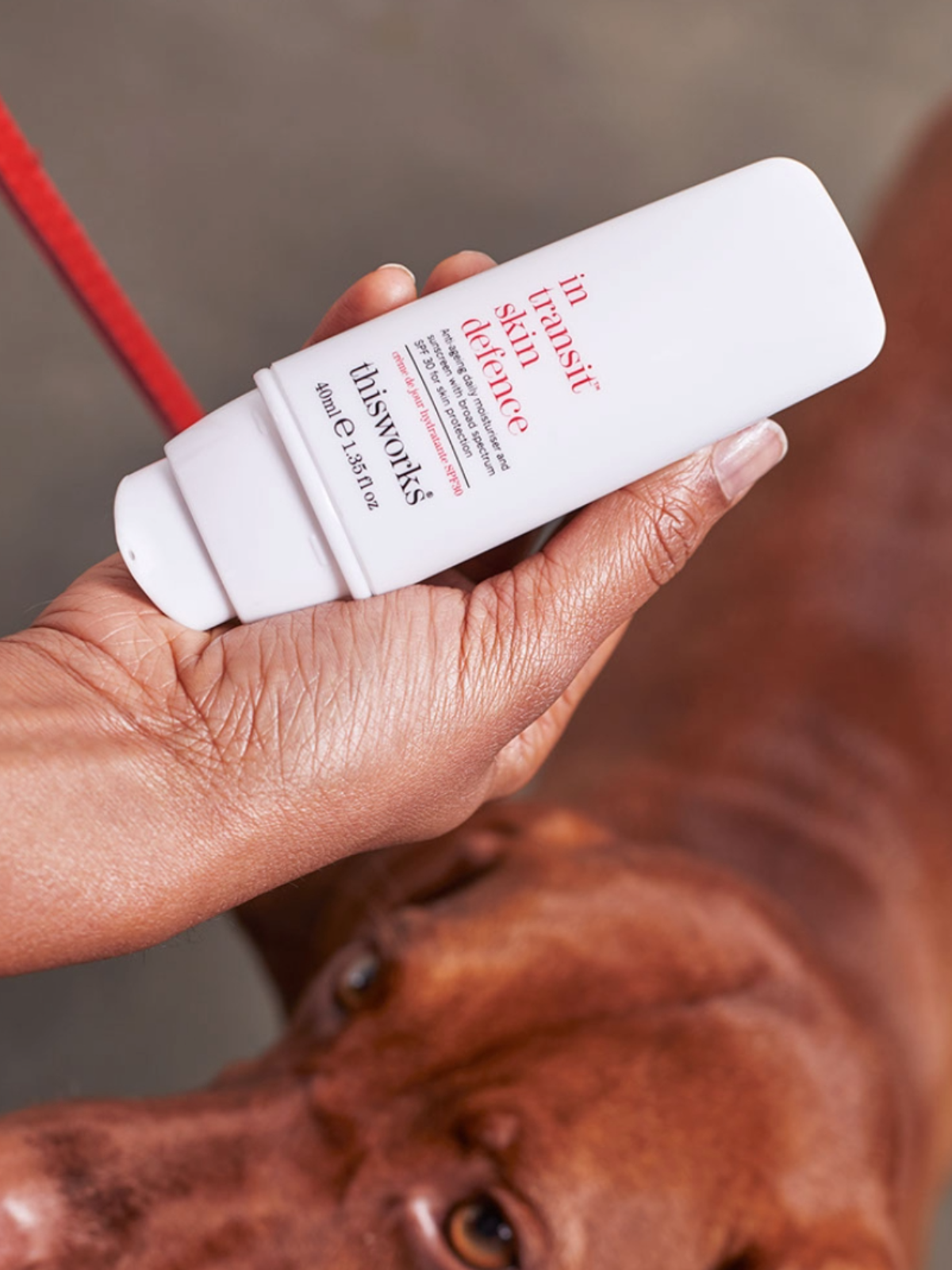
While we know exposure to sunlight is crucial for our mood, immune system, hormones and health, there’s a right and wrong way to do it. Feeling the sun on our skin is important, but too much exposure to UVA and UVB rays can increase skin ageing and damage and potential melanoma development. It’s important to stay sufficiently protected from harmful UV rays whenever you’re heading outside – yes, that includes the morning dog walk, pushing your baby around the park and Bank Holiday sun-basking sessions. So, how do you balance giving your skin the sun it needs and staying sun-safe? The experts recommend staying out of the sun, using SPF or covering up in loose, light clothing between 10am - 4pm, when the sun is at its strongest, but we know this isn’t always possible or realistic for everyone. After all, who wants to spend the entire day shying away from the sun when we’ve spent a long, cold winter indoors?
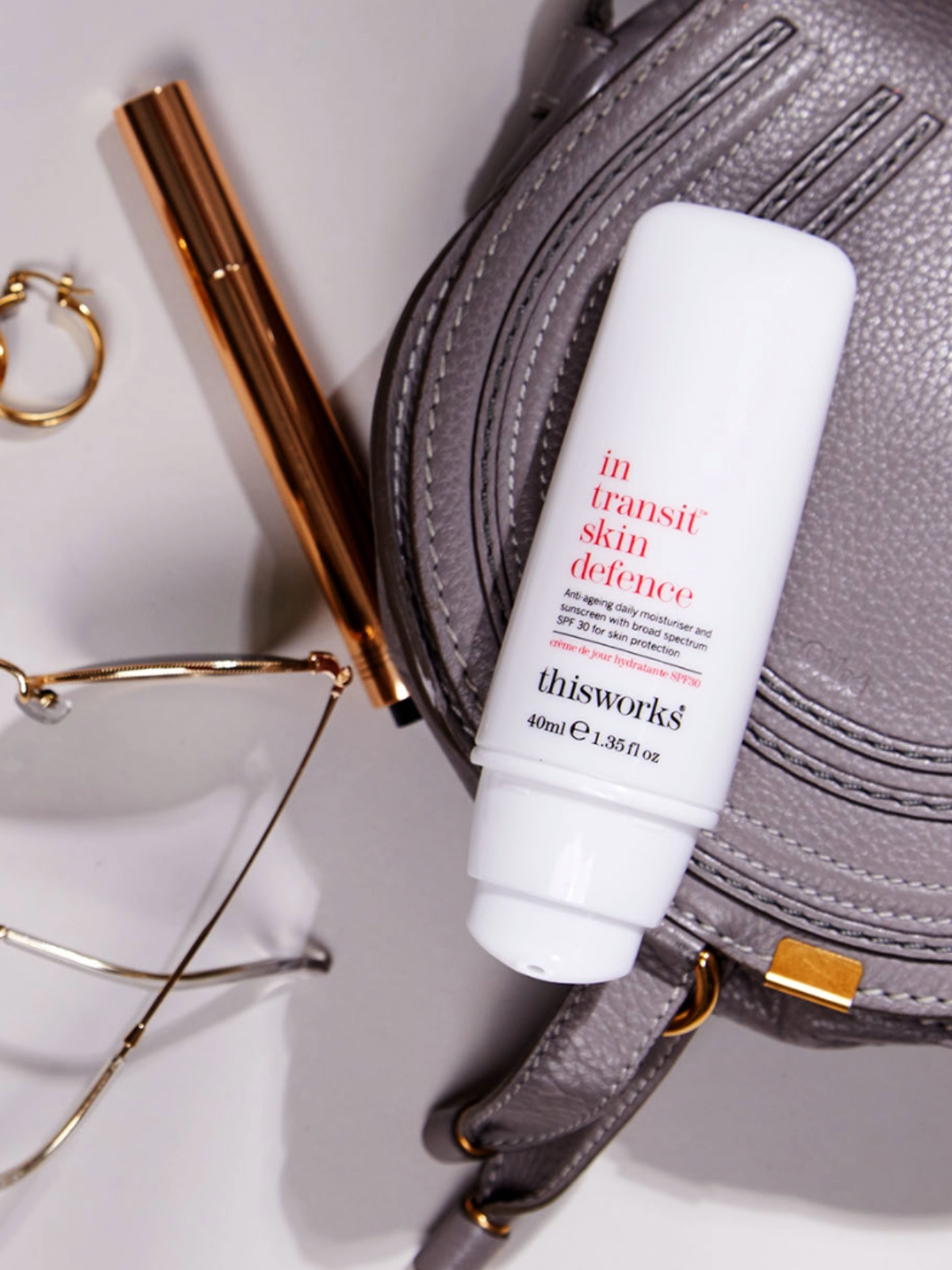
To get the best of both worlds, we encourage you to get between 5 and 30 minutes of pre-10 am sunlight (closest to waking is best if you can) facing - but not looking directly into - the sun. Getting out in light when the sun is low in the sky helps to increase your energy levels and focus during the day, and rays are less powerful during this time. If you’re heading outdoors, regularly applying a broad-spectrum, UVA & UVB sunscreen like our in transit skin defence SPF 50+) is a great way to keep skin protected and nourished whilst safely enjoying the brighter weather. Studies show that using SPF does not lead to an overall reduction in Vitamin D levels in the body, which means you can enjoy the sun knowing your skin is protected whilst getting all the benefits your body needs.1
Exposing the skin to low evening light after 4 pm is safer for the skin and helps signal to the brain that it is time to start producing melatonin – the sleepy hormone that helps nodding off easier. A morning walk, a cup of coffee in the garden (if you're lucky enough to have one), and a late afternoon stroll around the block are great ways to boost Vitamin D and anchor your circadian rhythm for better sleep. Wearing SPF won’t affect your ability to feel the benefits of this late afternoon light, plus the melatonin triggers the protection response to combat the formation of reactive oxygen species (ROS), which can lead to the damage of DNA and eventually skin cancer.2 Whilst the skin is protected, the rest of the spectrum (such as red light) can be absorbed by the skin.
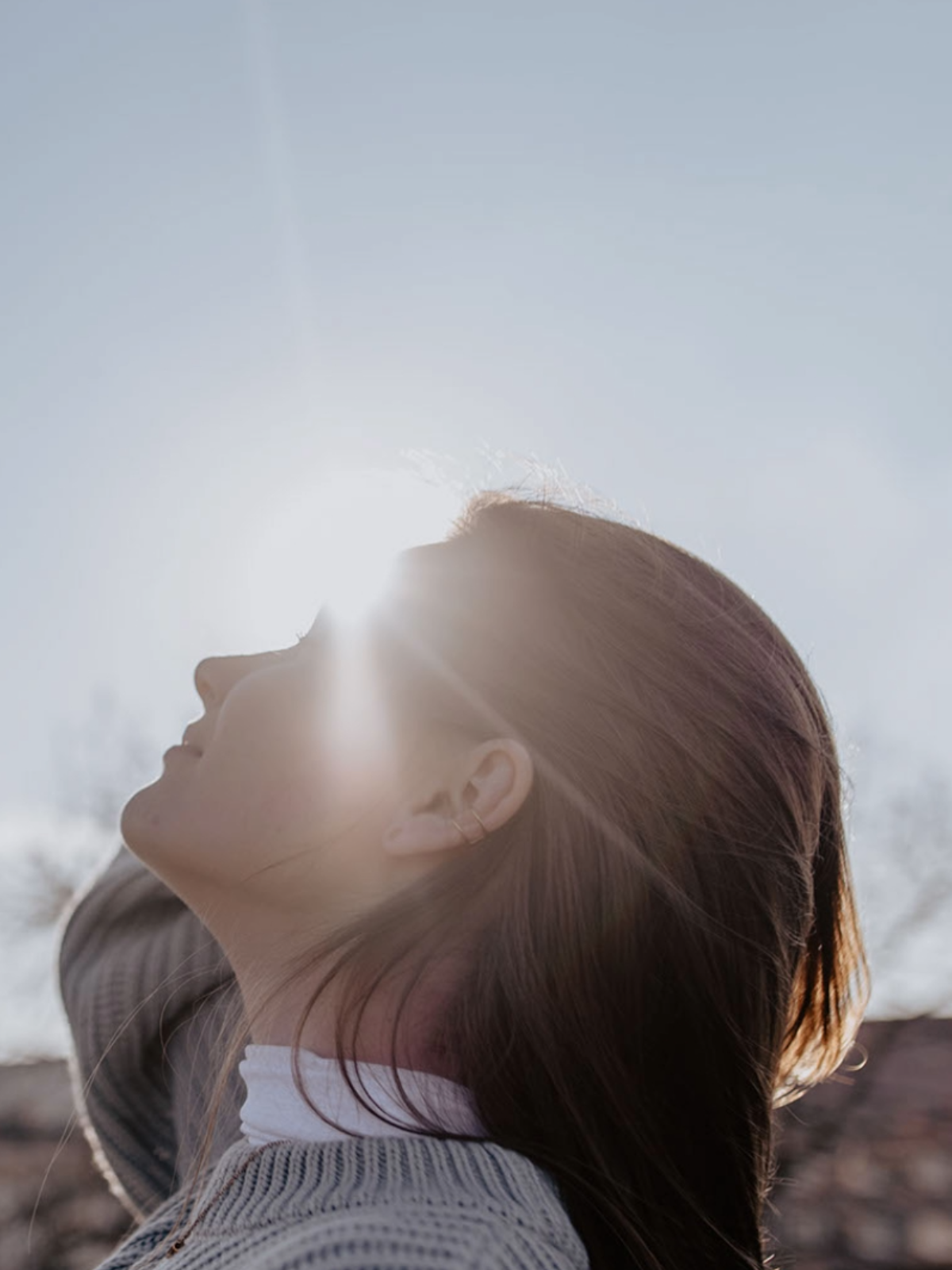
You may be wondering what red light can do for you or possibly heard beauty TikTokers extolling the virtues of red light facials and at-home devices – namely that it raises your collagen count considerably by increasing fibroblast production in the skin. But did you know that the specific red wavelength of light (long wavelength of above 650mn) has a profound effect on our hormones and circadian rhythm too? Red light can suppress melatonin, causing a circadian shift and making us feel more alert and focused during the day. Red light can be a helpful tool at this time of year when we want to get moving and feel less sluggish and more energised. The warmth that a red light lamp can generate is also great for aches and pains, helping our muscles and ligaments move after months of the cold, and we recommend switching it on for your morning stretches, meditation or yoga. But remember, steer clear after 4 pm to protect your melatonin production and promote sound sleep.
Low-intensity light therapy (LILT) appears to be working through newly recognized photoacceptor systems. The mitochondrial electron transport chain has been shown to be photosensitive to red and near-infrared (NIR) light. Although the underlying mechanisms have not yet been clearly elucidated, mitochondrial photostimulation has been shown to increase adenosine triphospate (ATP, the energy molecule) production and cause transient increases in reactive oxygen species (ROS).3

SPF is powerful in keeping the skin on your body and face safe, but not all sunscreens are created equal. There are three types of UV rays – UVA, UVB and UVC. Radiation from UV light is essential for providing our planet with energy for biological life, and approximately 5% of the radiant energy from the sun is in the UV range - great news for animals, plants and the ocean, but too much exposure can be dangerous for us humans. While some of us are self proclaimed sun worshippers, UV radiation is currently the major cause of human skin cancers. Both solar and indoor UV exposures contribute to skin carcinogenesis, so protecting the skin with a broad-spectrum sunscreen every day (especially if you’re more favourable to a soak in the sun than most) should be part of your daily skincare routine.4
SPF that contains both minerals (which reflect UV rays) and chemicals (which absorb UV rays) protects the skin from damage and potential cancer from ROS.1 Exposure to these rays can be detrimental to your health and the appearance of your skin. Too much sun can leave skin crepey, developing pigmentation and worsening fine lines and wrinkles. Our in transit skin defence SPF 50+ protects against UVA and UVB rays and comes in SPF 50. If you’re wondering what the number on a sunscreen bottle means, it essentially tells you how long the sun's UV radiation would take to redden your skin when using the product exactly as directed versus the amount of time without any sunscreen. So ideally, with SPF 50+, it would take 50 times longer to burn than without sunscreen. In transit skin defence has healing properties which help reduce inflammation and symptoms of sensitive skin like redness, swelling and itching, and contains youth-boosting and repairing natural plant oils.
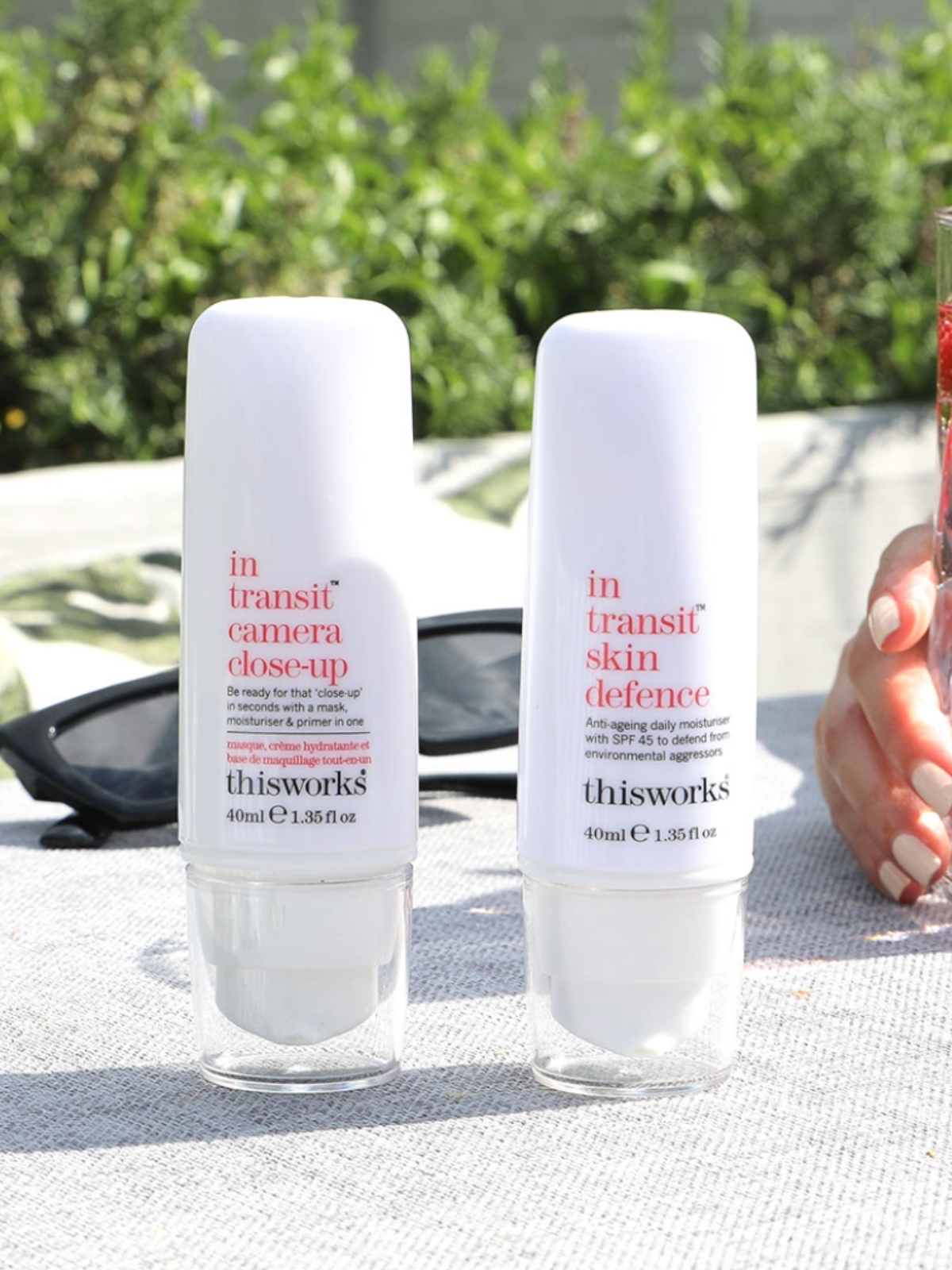
The active ingredients in our suncream have been scientifically formulated and proven to provide broad-spectrum protection against both UVA and UVB rays, whilst Hyaluronic Acid, a naturally occurring molecule in the skin, works to hydrate and plump the skin while also promoting collagen production to prevent the formation of fine lines and wrinkles. Powerful antioxidant Vitamin E provides additional protection against environmental stressors like pollution, which can contribute to the ageing process. By neutralising free radicals, Vitamin E also helps prevent damage to the skin’s DNA and reduce the risk of melanoma. When tested in clinical trials, This Works in transit skin defence is shown to provide up to eight hours of protection against UV rays, making it a great choice for daily protection that stands the test of time.
So, if you're looking for a science-backed solution to protect your skin from the harmful effects of sun exposure, This Works in transit skin defence is a must-have in your daily morning skin ritual. For best practice, ensure you reapply regularly throughout the day.
